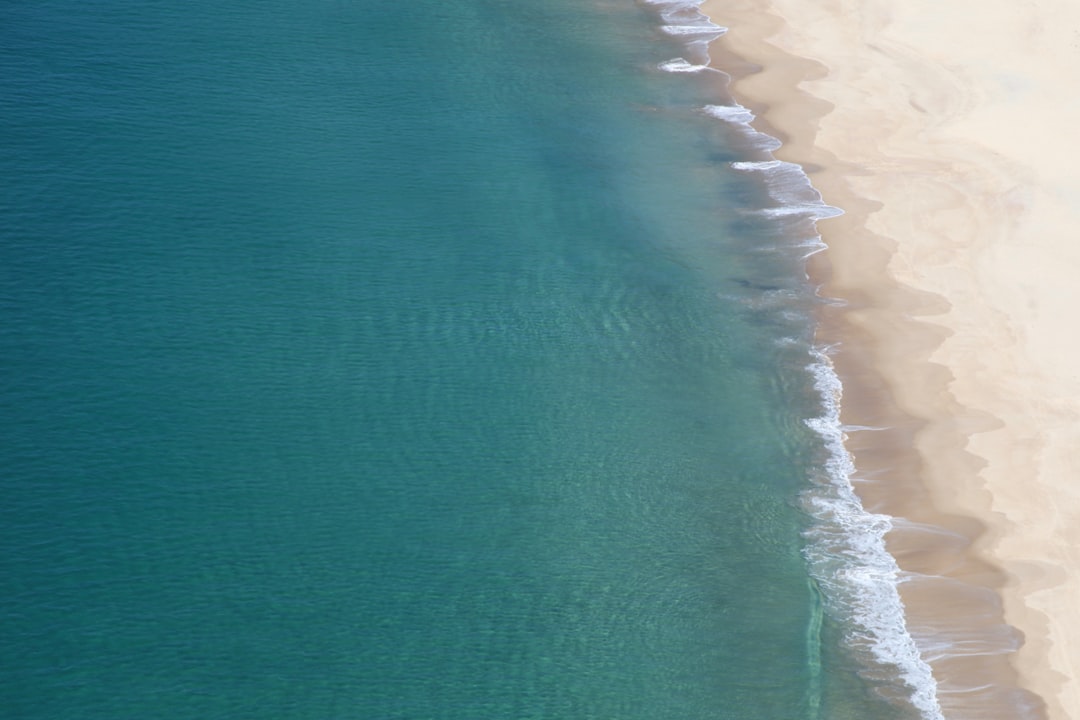What is it about?
High concentration of suspended particulate matter (SPM) is often found in near-shore areas. The near-shore SPM consists of muddy (mainly mineral) flocs that change size, settling velociy and concentration as a function of the tidal harmonics. Seasonal variation occurs on top of the tidal influence and is characterized by a decrease of the SPM concentration in the water column and an increase near the bed in summer and vice versa in winter. The opposite seasonality between near-bed layer and water column has to our knowledge not yet been presented in literature
Featured Image
Why is it important?
Understanding of SPM dynamics is important, as it influences e.g. coastal eutrophication, algae blooms, fate of pollutants, benthic and pelagic ecosystems, and siltation of harbours. We have shown for the first time (as far as we know) that the reduction of the SPM concentration in the water column during spring and summer is compensated by a higher near-bed concentration. In autumn and winter the near-bed SPM concentration is lower and the SPM is better mixed throughout the water column. This has consequences towards the functioning of marine ecosystems in turbid near-shore areas.
Read the Original
This page is a summary of: Seasonal variation in concentration, size, and settling velocity of muddy marine flocs in the benthic boundary layer, Journal of Geophysical Research Oceans, August 2015, American Geophysical Union (AGU),
DOI: 10.1002/2014jc010644.
You can read the full text:
Contributors
The following have contributed to this page










